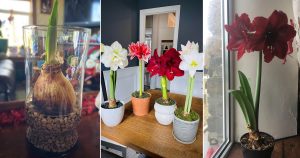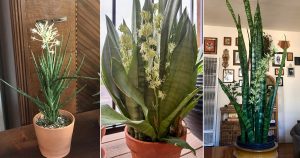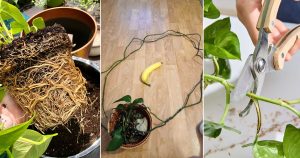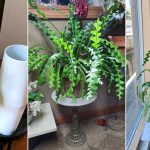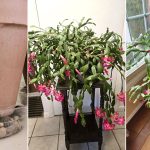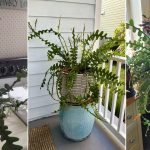Have you ever sat down and thought about the fact that Green isn’t just one color? Embracing all the different shades of green can really improve the quality of your container garden.
Miriam over at Flat Bottom Flowers has a really great post up about all the different shades of green:
One of my favorite gardening books is Sydney Eddison’s “The Gardener’s Palette” because it taught me to look at color in a whole new way. I used to think every container needed to be a riot of color. It wasn’t until after a couple of years of gardening that I realized when viewing a garden, one’s eyes need a place to rest. In her book, there is one section in which she asks the reader just to appreciate all the types of green in nature. Green in a garden is not only calming, but provides an effective transition between colors.
[Emphasis is mine]
It’s true. There are a million shades of green. There’s blue-green, lime green, chartreuse, aquamarine, verdigris. You should definitely click over to Miriam’s post and look at the photo she posted which elucidates this idea very well.
But you can extend the “there’s more than one shade of green” idea into other leaf colors–and even shapes, and textures–as well. When you’re putting together a large container with multiple different plants in it, it’s important to keep in mind the color of the leaves. Often times using plants with similar shades of green leaves can make the container look flat or less interesting that the container Miriam posted about that features four different leaf colors (that are all “green”).
I planted a container the other day that I think might need some tweaking, because I forgot to consider leaf color. I planted two plants with very similar shades of silvery foliage next to each other. As a result, the pot doesn’t “pop” the way I wanted.

